-
Welcome to Tacoma World!
You are currently viewing as a guest! To get full-access, you need to register for a FREE account.
As a registered member, you’ll be able to:- Participate in all Tacoma discussion topics
- Communicate privately with other Tacoma owners from around the world
- Post your own photos in our Members Gallery
- Access all special features of the site
The mystery that keeps on taking
Discussion in '1st Gen. Tacomas (1995-2004)' started by Willybird, Jan 30, 2020.
Page 2 of 2
Page 2 of 2


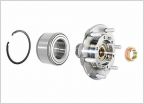 Complete PreRunner to 4x4 Conversion Parts List
Complete PreRunner to 4x4 Conversion Parts List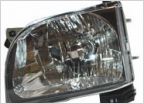 2004 OEM or at least OEM like headlight and turn signal assemblies
2004 OEM or at least OEM like headlight and turn signal assemblies Maintenance help...wont start.
Maintenance help...wont start.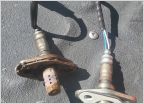 Help with air sensor replacement
Help with air sensor replacement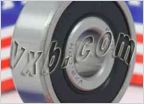 3.4l Timing Belt
3.4l Timing Belt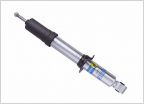 Bil5100 on a Prerunner?
Bil5100 on a Prerunner?










































































